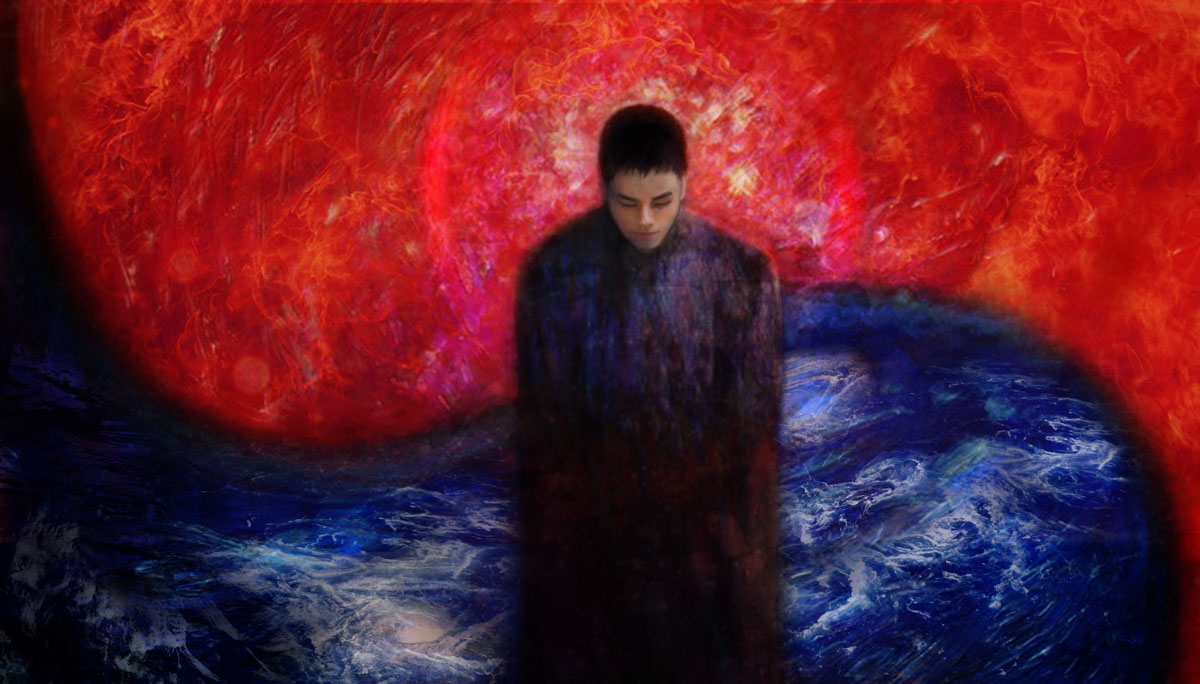
The One Theory

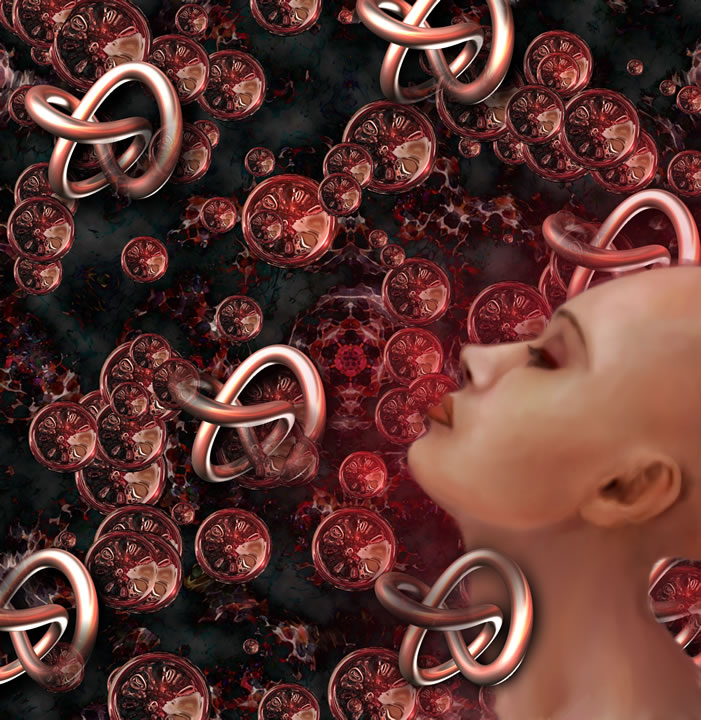
In physics and cosmology, the anthropic principle is the collective name for several ways of asserting that physical and chemical theories, especially astrophysics and cosmology, need to take into account that there is life on Earth, and that one form of that life, Homo sapiens, has attained rationality. The only kind of universe humans can occupy is one that is similar to the current one.
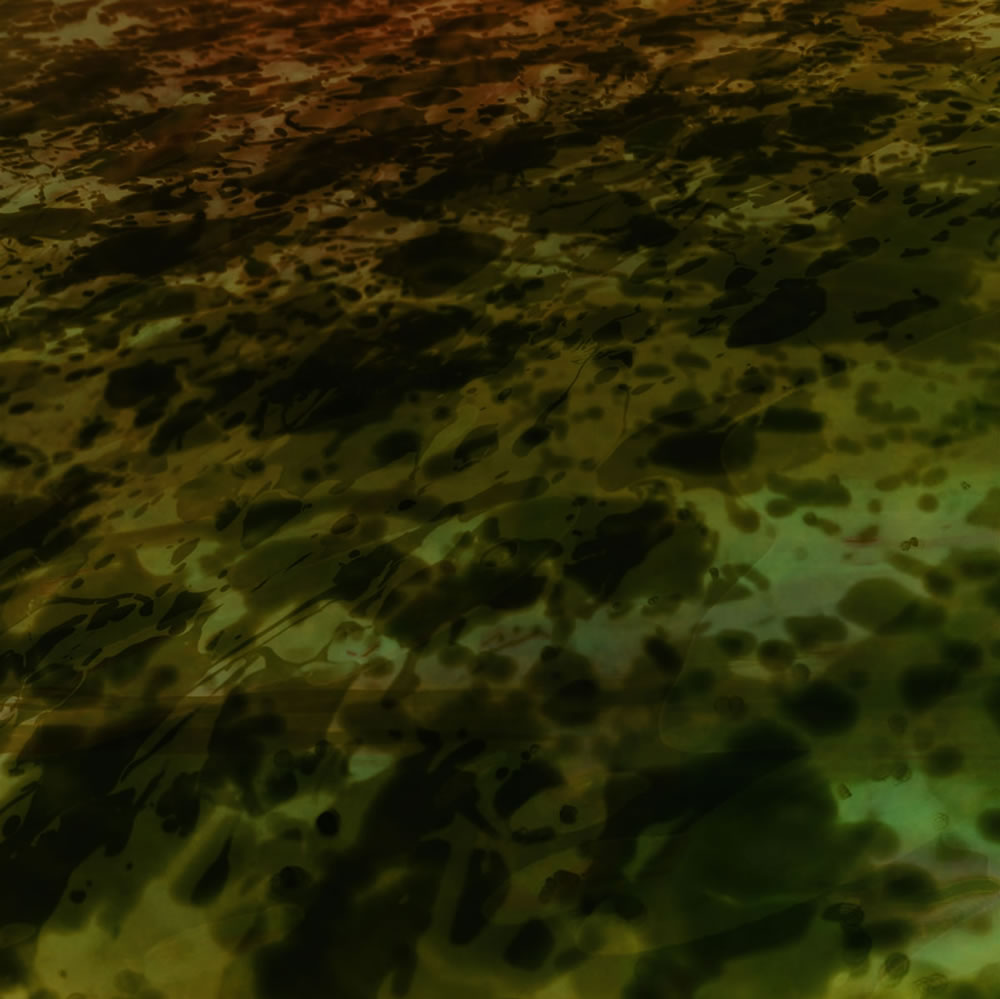
uncertainty principle: Observation disturbs the observed, in direct relation to the precision of the measurement. Omniscience is impossible. Uncertainty is a Law of our universe.
It is impossible to know both position and velocity at the quantum level.
the inseparability of the wave and particle natures of light and other quantum particles

The Gaia theory is an ecological hypothesis proposing that the biosphere and the physical components of the Earth (atmosphere, cryosphere, hydrosphere and lithosphere) are closely integrated to form a complex interacting system that maintains the climatic and biogeochemical conditions on Earth in a preferred homeostasis.

human cultural transmission analogous to the gene
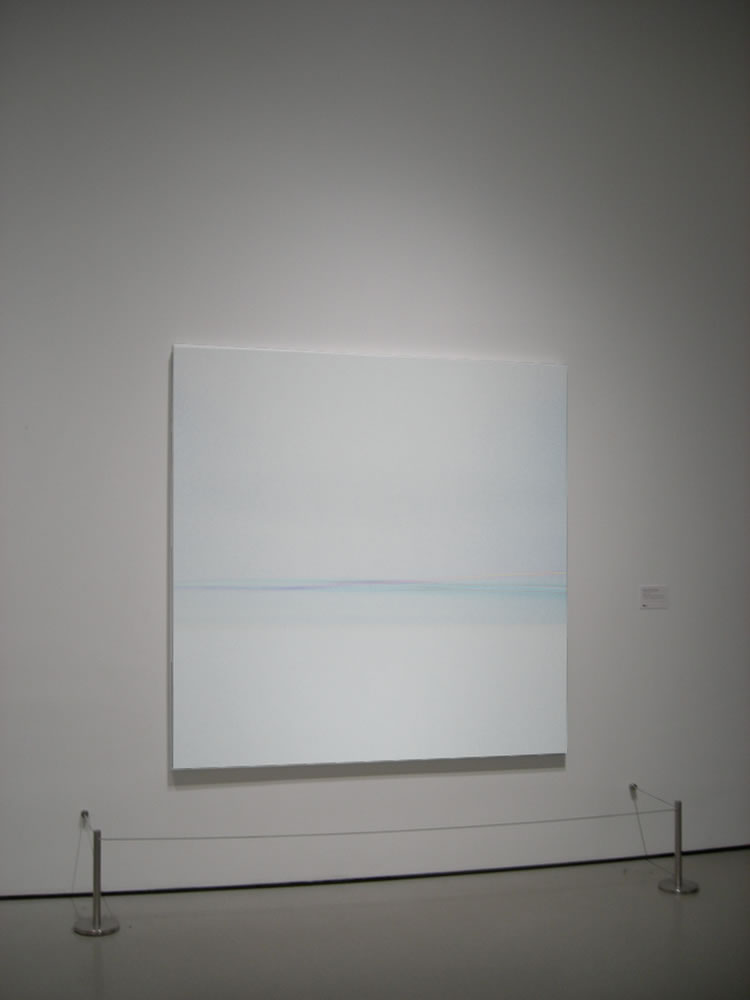
Light travels at different speeds through different materials, but it travels fastest in vacuum and its speed does not vary with the color, intensity, or direction of travel.
The special theory of relativity says that the speed of light is the same for all inertial observers regardless of the movement of the light source
only zero-rest mass particles can travel at the speed of light
speed of light has a special role connecting space and time in the structure of spacetime
Ockham's Razor
entities should not be multiplied unnecessarily

The Red Queen said, "It takes all the running you can do, to keep in the same place." The Red Queen Principle can be stated thus:

every action has an equal and opposite reaction

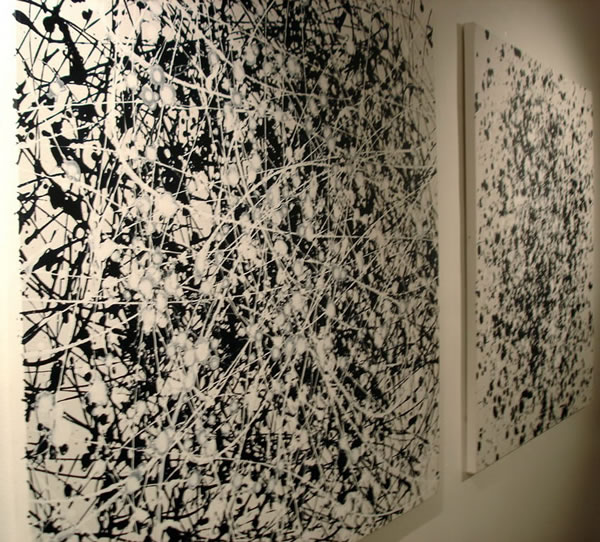
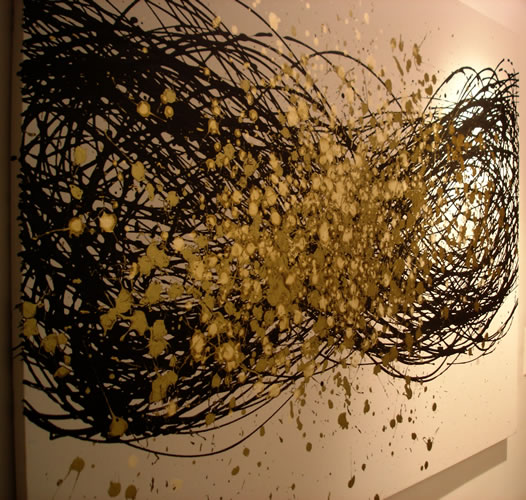
sensitive dependence on initial conditions
The black hole information paradox results from the combination of quantum mechanics and general relativity. It suggests that physical information could "disappear" in a black hole, allowing many physical states to evolve into precisely the same state. This is a contentious subject since it violates a commonly assumed tenet of science—that in principle complete information about a physical system at one point in time should determine its state at any other time.

all matter and energy exhibits both wave-like and particle-like properties

In the case of transparent materials (dielectrics) this energy is quickly re-radiated. However, this absorption and re-radiation introduces a delay. As light propagates through dielectric material it undergoes continuous absorption and re-radiation. Therefore when the speed of light in a medium is said to be less than c, this should be read as the speed of energy propagation at the macroscopic level. At an atomic level, electromagnetic waves always travel at c in the empty space between atoms. Two factors influence this slowing; stronger absorption leading to shorter path length between each re-radiation cycle and longer delays. The slowing is therefore the product of these two factors. This reduction in speed is also responsible for bending of light at an interface between two materials with different refractive indices, a phenomenon known as refraction.
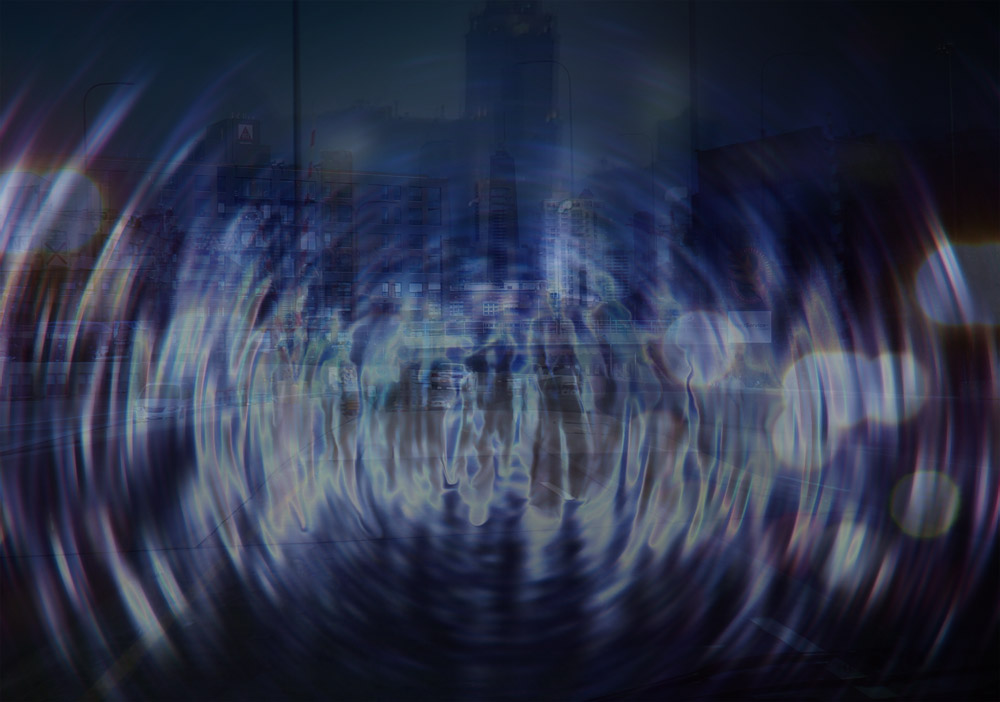
Objects in Motion will stay in motion unless acted upon by a force.
or every action there is an equal and opposite reaction
Whenever a first body exerts a force F on a second body, the second body exerts a force −F on the first body. F and −F are equal in size and opposite in direction.